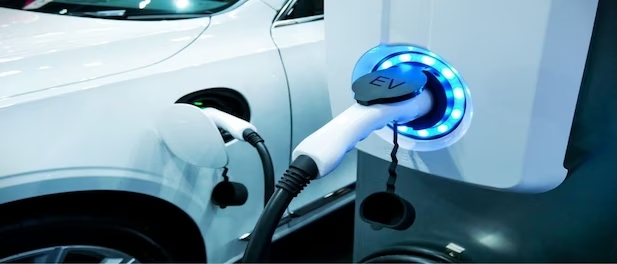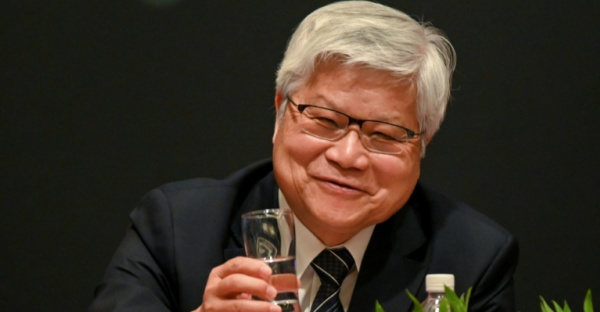According to a Tuesday FICCI-YES Bank analysis on e-mobility, India would have 87% of new vehicle sales in electric vehicles (EVs) and 85% of the XEV value chain localized by 2047.
According to the FICCI-YES Bank research, “India@2047: Electric Mobility,” segment-wise penetration for three-wheelers, two-wheelers, passenger cars, and buses by 2047 is estimated to be 91%, 90%, 79%, and 67%, respectively.

The report stated high upfront costs, restrictions on vehicle financing, safety concerns, immature worldwide inroads, and restricted access to key raw materials, R&D, and abilities in addition to low sales quantities, rapid technological evolution, and problems with charging infrastructure development & use as challenges for mobility in India. The country currently has a domestic vehicle market of over 20 million vehicles.
The report also provides a road map for addressing these problems in order to realize the sector’s goals, including the growth of a thriving used-car market, the availability of publicly accessible information on vehicle performance to facilitate vehicle financing and insurance, the servicing of vehicles and their components, longer warranties, and quality evaluation for all vehicle classes to allay safety concerns.
The paper offers demand incentives up to considerable xEV penetration and emissions-based taxation for cost reduction and investment stimulation, as well as providing credit routes for financing xEVs.
The paper advises requiring charging stations in public parking areas and increasing the requirements for electrical providers to build upstream infrastructure and integrate green power.
MUST READ – Binance And It’s CEO Changpeng Zhao Are Accused of Violating U.S. Securities Laws By The SEC.
The paper recommends concentrating on 2- and 3-wheelers, tractors, and LCVs as well as value chain products/processes exploiting India’s material/mineral strengths — backed by exporting incentives/promotion & development of testing capability for international standards.
On the side of supply, the study emphasizes local R&D ecosystem growth in priority sectors as a critical necessity. This includes recycling and the development of alternative energy sources like sodium/hydrogen, etc., as well as a systematic localization strategy that includes capital equipment.
“By working with small teams and startups, companies may explore flexible manufacturing and design stage collaboration for component investment. The paper stated that policymakers may provide tax breaks and incentives for R&D as well as build or fund infrastructure for testing, pilot plants, and prototyping.
The research also recommends coordinated procurement at the component and material levels, and focused skills objectives with academia, startups, skill councils, and MSMEs.



